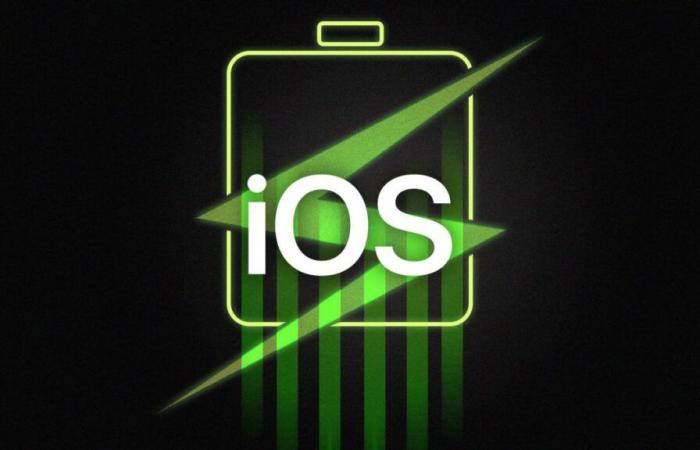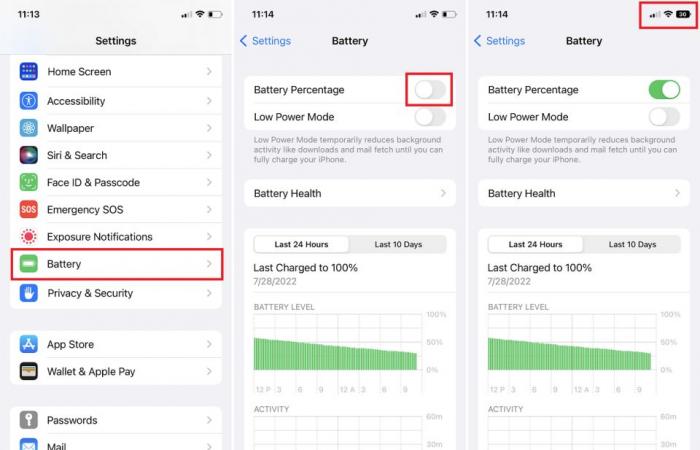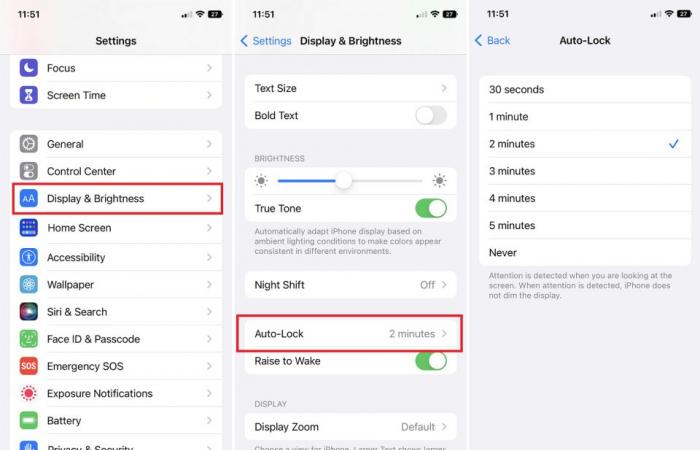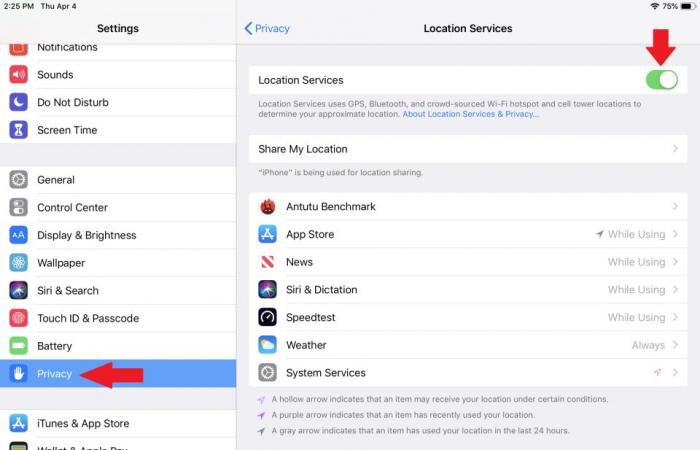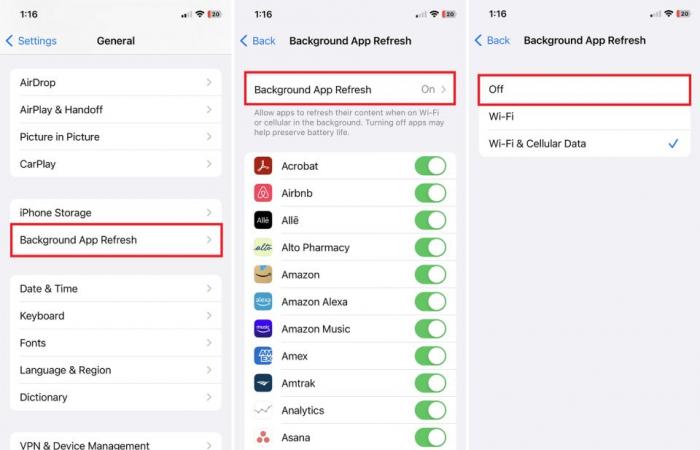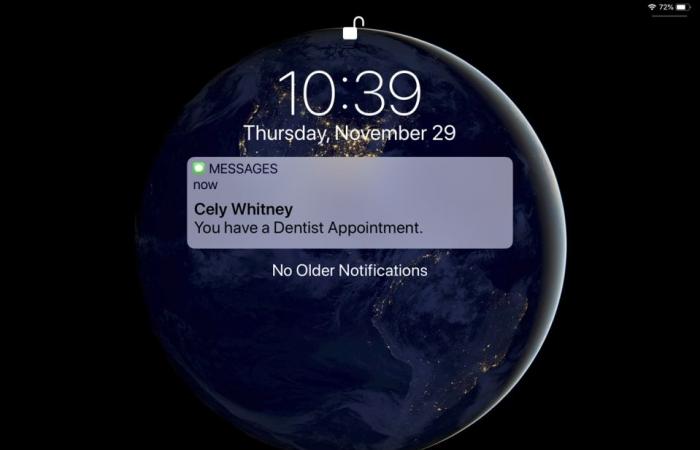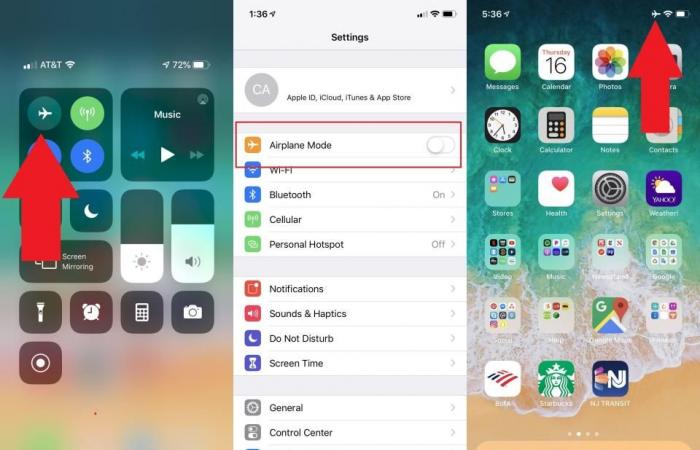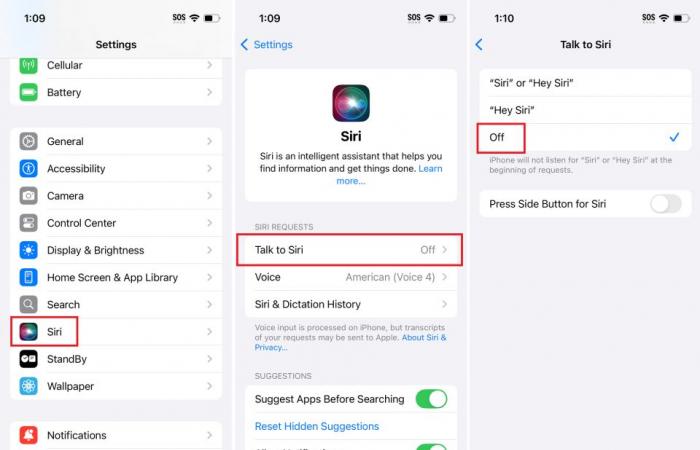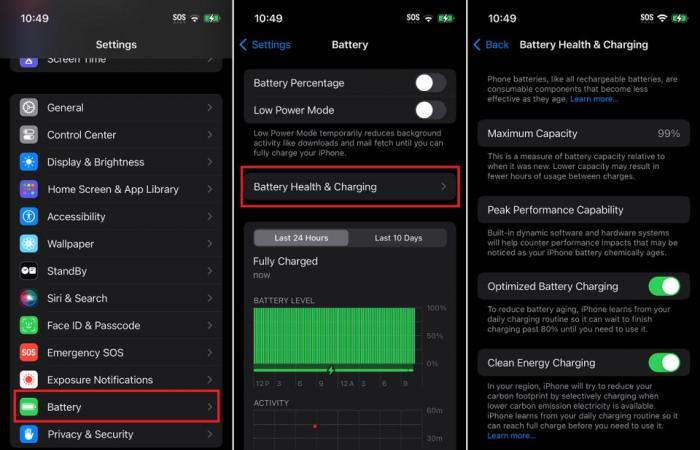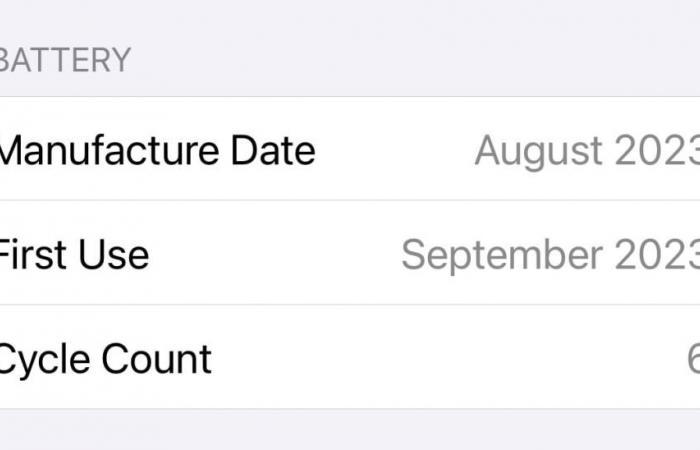PCMag editors select and review products independently. If you buy through affiliate links, we may earn commissions, which help support our testing.
It’s tough to exist without a smartphone these days. So much of our lives are contained inside these tiny devices that we don’t want them running out of juice at an inopportune time. But thanks to Apple clinging to its proprietary Lightning cable for so long, there wasn’t always a compatible charger at the ready—until the iPhone made the switch to USB-C in 2023.
Modern smartphones are powerhouses. In our tests, the iPhone 16 Pro Max offered over 22 hours of battery life, but this rarely matches perfectly with real-world use. And if you have an older or lesser model, it might struggle to last all day. Normal wear and tear (and our own bad habits) will degrade your battery over time. Apple has also been known to throttle performance.
If things get bad enough, the Self Service Repair Store sells replacement batteries you can install yourself at around $70. Your phone will even let you know when it might be time to replace the power supply. But if you would prefer to eke out a few more months without paying for a new battery (or phone), here are some things to try.
Our Top-Rated iPhone Picks
1. How to Show Battery Percentage on iPhone
Before you can monitor your battery life, you need to know exactly what you’re looking at. The iPhone battery icon in the top-right corner of the screen represents how much juice is left on the device, but it’s not a very precise measurement. You can see the exact battery percentage left by opening the Control Center, but if you want that information at a glance in the phone’s top-right corner, you need to turn on the feature.
To do this, head to Settings > Battery and enable Battery Percentage. The battery icon will then show a number, making it easier to monitor battery life. (Note that the iPhone XR, iPhone 11, iPhone 12 mini, and the iPhone 13 mini will need iOS 16.1 for the option to show the battery percentage.)
2. Activate Low Power Mode

One of your strongest weapons against battery drain is Low Power Mode. With it enabled, your phone only performs the most essential of tasks, so background activities like downloads and mail fetching are disabled. Low Power Mode will automatically kick in when the battery falls below 20%, but you can also activate it manually to keep your phone going for longer.
Head over to Settings > Battery and turn on Low Power Mode. You can also add Low Power Mode to the Control Center under Settings > Control Center. When activated, the battery icon in the top-right corner will turn yellow. Note that this mode will only work if your phone’s battery is below 80%.
3. Adjust Screen Brightness
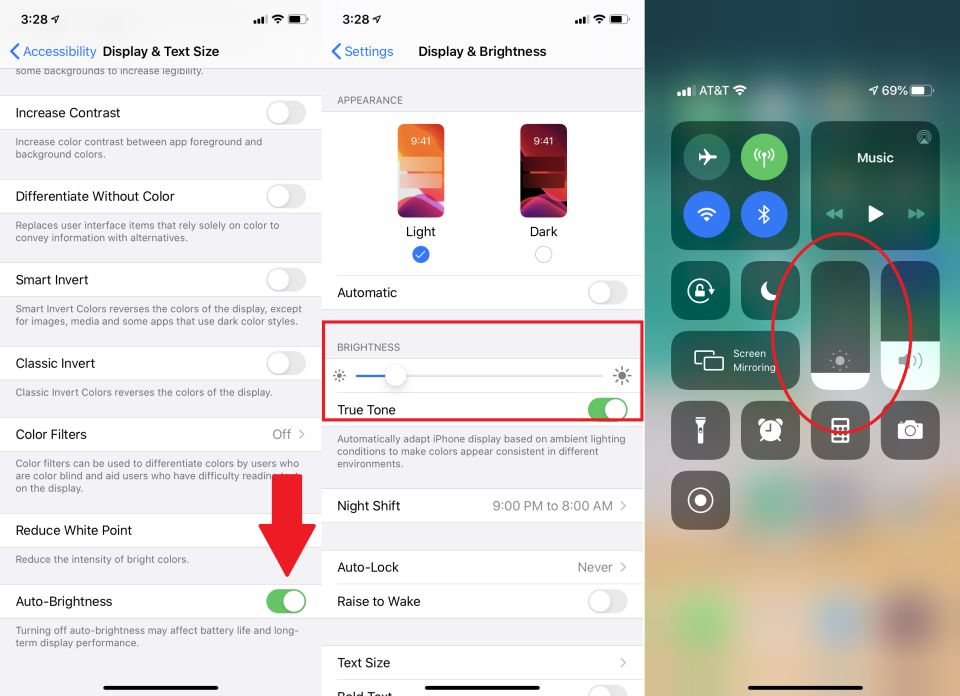
The greatest hurdle in your fight for more battery life is your phone’s own screen. Smartphone displays are bigger and brighter than ever, but they are also murder on your battery life. You can’t really get around this fact, but you can turn down the brightness. Manually adjust brightness levels in Settings > Display & Brightness by using the slider bar. A slider is also accessible via the Control Center; press lightly on the brightness icon and move the slider down.
You should also turn off auto-brightness to ensure your changes stick. Navigate to Settings > Accessibility > Display & Text Size and disable Auto-Brightness. Your phone will no longer try to adjust its brightness based on your current lighting situation, which will avoid situations where the screen becomes brighter than it really needs to be.
4. Manage Your Lock Screen

Since the screen is your battery’s enemy, you should also think about managing when the phone’s display turns off automatically. You can take care of this under Display & Brightness > Auto-Lock. If you tend to put your phone down without locking it, set this to something lower to give the battery a break.
Introduced with iOS 16 is the ability to edit your iPhone’s lock screen. As nice of a feature as it might seem, widgets are huge power hogs, since they have to constantly update to provide useful information. We recommend staying away from complicated wallpaper and widgets here, so you’re not overworking the battery.
Exclusive to the iPhone’s Pro and Pro Max models is the Always-On display, which will show the time, widgets, and wallpaper while the phone is locked. While Apple has taken steps to make sure it doesn’t eat up too much power, you can also turn that off from Settings > Display & Brightness and disable Always On.
5. Turn Off Location Services
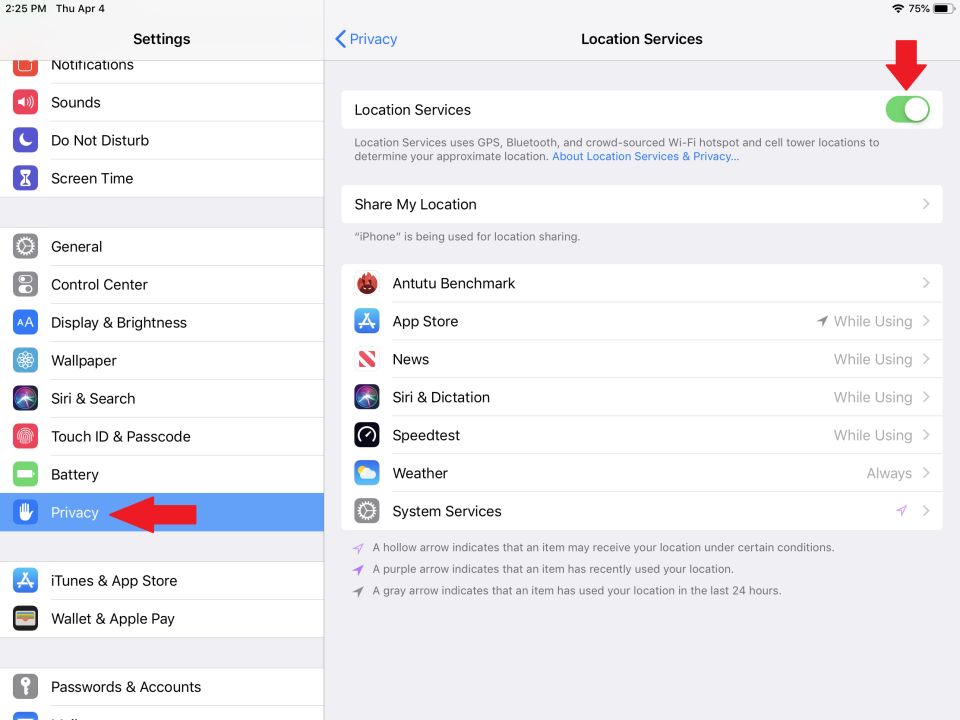
Location services are helpful for apps like Google Maps or Yelp, but those GPS pings happening in the background can wear down a battery quick. You can turn off location services completely via Settings > Privacy & Security > Location Servicesbut this will disable a number of useful apps. Your weather app won’t know where you are for the latest forecast, and you won’t be able to get turn-by-turn directions based on your current location.
If you don’t want to go to this extreme, Apple instead allows you to rein in individual apps. From the Location Services settings screen, you can customize how apps use location data: Never, Ask Next Time Or When I Share, While Using the App, or Always. We recommend setting Google Maps to While Using the Appfor example, so the app will only ping your location when you actually need it.
If you need more battery life, we also recommend shutting down the Find My app if you’re sharing your location with friends and family. You can do this if you select your name under Settingschoose Find My > Find My iPhonethen disable the switch next to Find My iPhone.
6. Turn Off Background App Refresh

When you close an iOS app, it will keep running for a bit until entering a suspended state. However, those apps can still check for updates and new content from time to time—a process that can drain battery life. You can disable Background App Refresh completely or just for certain apps under Navigate to Settings > General > Background App Refresh.
Here, you can disable on an app-by-app basis if you only want to cut off refresh-heavy apps, like email or social media platforms. Otherwise, select Background App Refresh at the top of the screen and set it to Off (or Wi-Fi if you want to restrict but not outright disable). Disabling background app refresh should not have any effect on how the app works, but it might take a moment longer to surface new information when you return to them.
7. Cut Down on Notifications
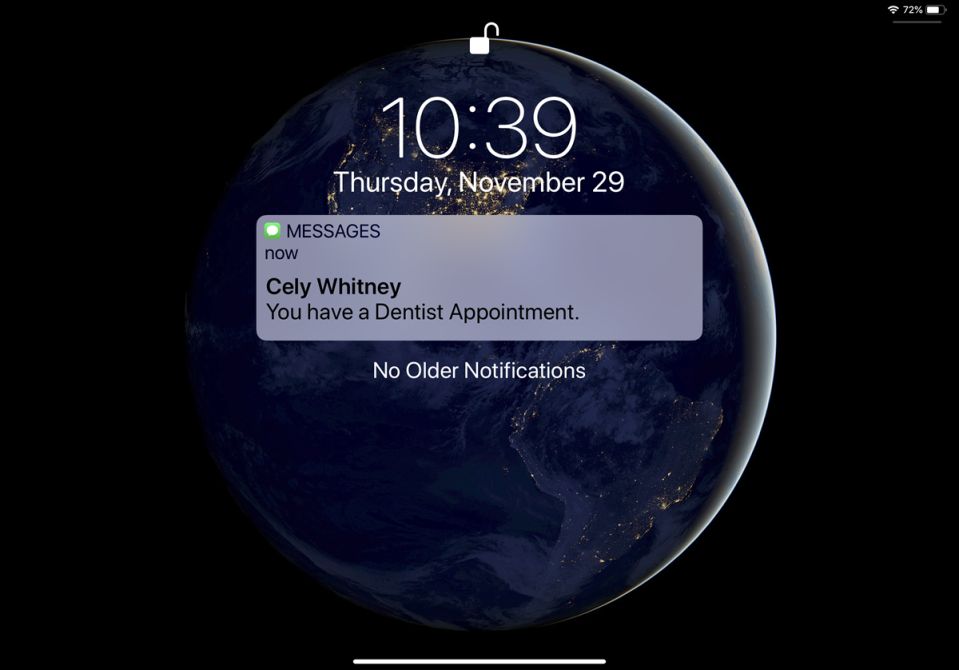
If your screen lights up with a preview of every notification you receive, it’s consuming power with each text, breaking news alert, or social media follow. Cutting down on these interruptions can save your battery (and sanity). Open Settings > Notifications and choose which specific apps should be allowed to send notifications to your phone.
To disable these pings for a certain window of time, use Focus feature to set restrictions for when notifications can come through. Another option is to make changes from a single notification. If you get an unwanted alert, swipe left on it and tap Options to turn off future notifications. You can also tell it to deliver quietly next time, so it will go to your Notification Center without displaying on your lock screen, playing sound, or showing a banner or badge icon.
8. Turn Off Wireless Services
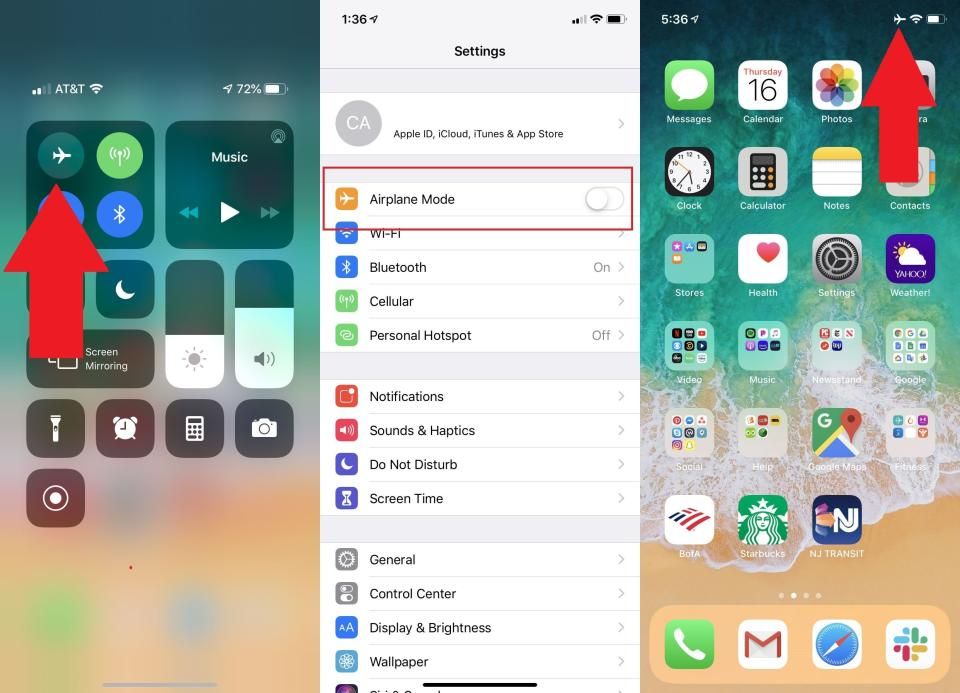
From Wi-Fi, Bluetooth, and cellular data, your phone has many wireless features running in the background. It continuously searches for nearby Wi-Fi connections, which is why the list of available networks constantly changes when you’re out and about. If you’re in a real power jam, you can turn off cellular data, Wi-Fi, Bluetooth, and AirDrop from Control Center. Just remember to turn them back on when you actually need them!
Another option is to tap the Airplane Mode icon to turn off all your phone’s cellular features. Calls and texts won’t come through, but you can still connect to Wi-Fi. You’ll know it’s activated by the airplane icon on the top right.
9. Kill Active Listening
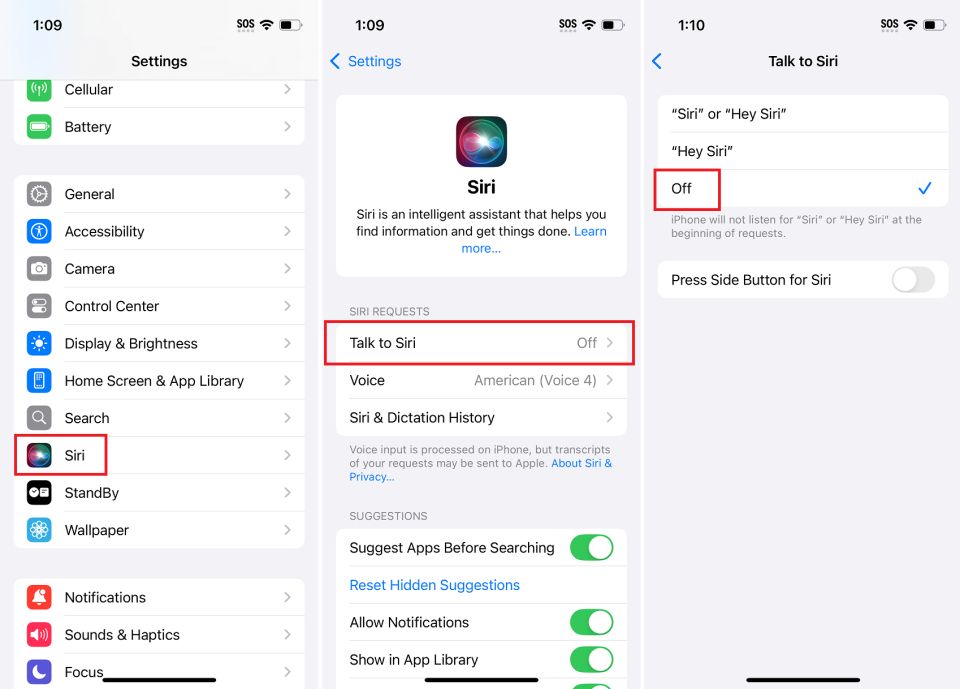
Your iPhone or iPad supports hands-free Siri, meaning you can say “Hey, Siri” and ask a question without having to touch your iPhone. But that means the device is always listening, awaiting your command (and using up precious resources in the meantime). If you don’t use Siri that much, turning off active listening could help with battery drain.
Navigate to Settings > Siriwhere you can choose Talk to Siri and disable the use of a wake word. You can instead enable Press Side Button for Siri if you want the ability to call Apple’s assistant with the push of a button. Otherwise, you can disable this option too if you want to avoid accidentally summoning the assistant.
10. Monitor the Health of Your Device’s Battery
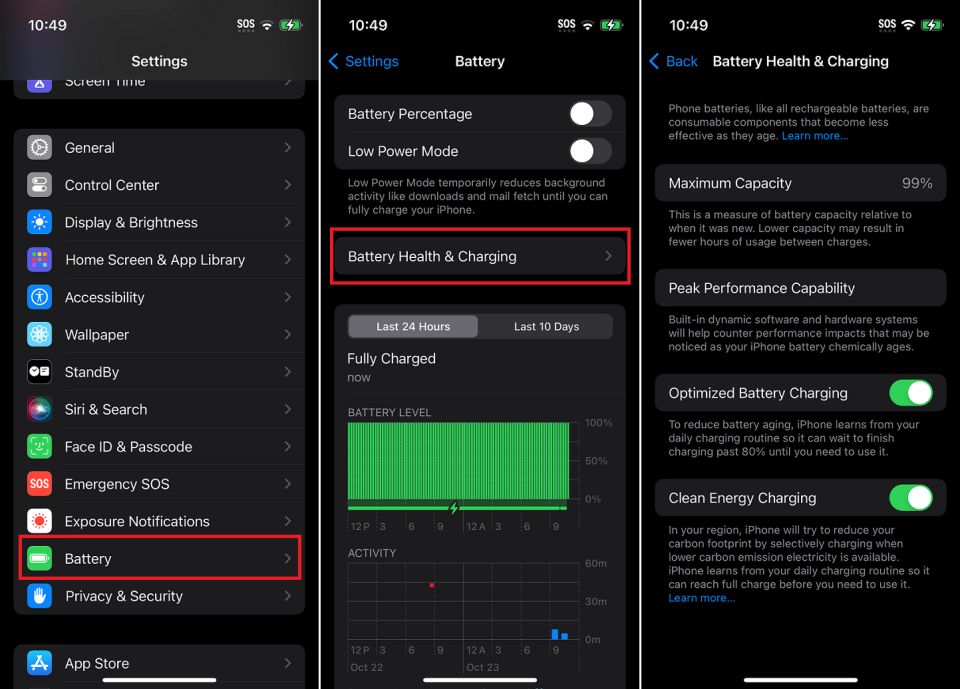
If you’re worried about the long-term health of your phone’s battery, head over to Settings > Battery > Battery Health & Charging and take a look at Maximum Capacity to see how much your battery has degraded since first use. Ideally, it should be at 100%, but lithium-ion batteries will naturally lose capacity over time. This will give you a sense of what you can expect from your phone’s battery going forward, and whether it needs to be replaced.
Look at Peak Performance Capability to see the current status of your phone’s battery. iOS can track its current condition and will provide an updated status, depending on what it finds. Apple has a support page that explains each possible status. Enabling Optimized Battery Charing will charge your phone to 80%, then trickle charge the rest of the way. This can prevent overworking the battery, especially when you don’t need it to be 100% charged.
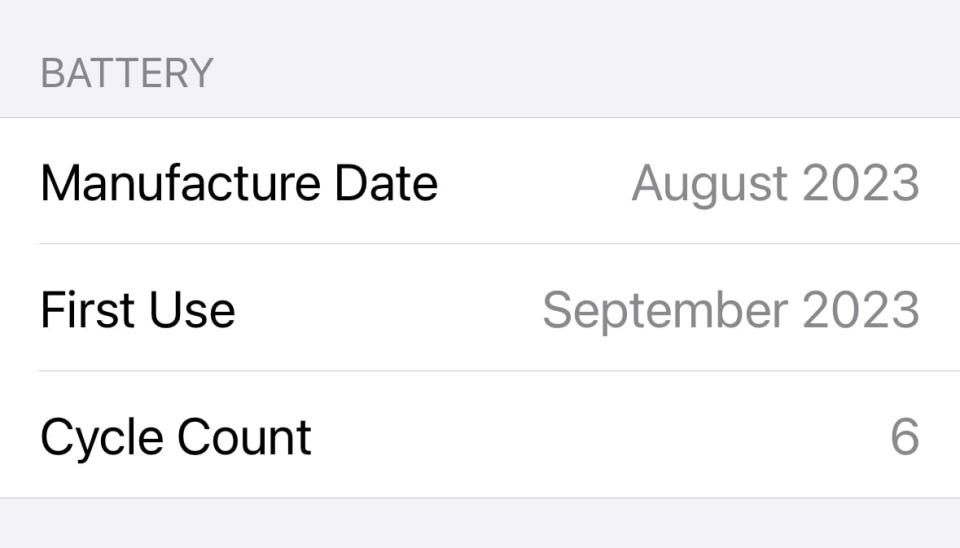
Those with an iPhone 15 or 16 have the extra option to limit the battery to 80%. You can also view the phone’s charge cycles—the equivalent of using up the entire capacity of the battery—under Settings > General > About > Cycle Count. Your iPhone is designed to keep 80% of its original capacity up to 500 complete charge cycles before the battery is considered “worn.” (There is an unofficial way to see your cycle count for any iPhone.)

